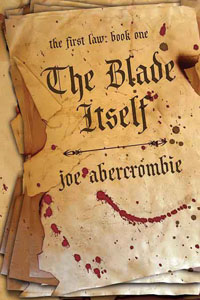 Bias disclosure:
Bias disclosure:
I have no relationship with Joe Abercrombie or his publisher. Never met the guy and haven’t read any of his other work. I picked up this book in part on the recommendations of friends, but partly because Abercrombie is, in the vernacular of The Blade Itself, a Named Man. Online, his name is often invoked in sentences like, “I like Brett, but not as much as Abercrombie.” I don’t deny that such comparisons raise in me… let’s call it a competitive curiosity.
But at the end of the day, I decided to read the book because I hoped it would be good. My free time is too precious to me for me to read a novel for any other reason. I was careful to “go in cold” with this book, not having read any reviews or even the synopsis on the book jacket. I admit to reading with a predatory eye, but let’s face it, that’s how I read everything.
Review:
Say one thing for Joe Abercrombie, and one thing only, say Joe Abercrombie knows character.
Abercrombie is said to be at the forefront of the new generation of “gritty” fantasy authors. This is something of a blessing and a curse, because for every author in this category with a tactile quality to their storytelling style that puts you right in the grit of things, there are five authors that just define “gritty” as having amoral main characters who say “fuck” a lot and oft engage in excessive plotless violence described in bloody detail.
With The Blade Itself, Abercrombie places himself firmly in the former camp, while still using all the tropes in the latter. He puts you in the heads of multiple POV characters, making each a unique and compelling experience, told in short bursts of perspective. Abercrombie pulls the curtain back fully, giving his readers an all-access pass into the bodies and minds of his protagonists, unapologetically exposing their most private thoughts and feelings, even when they paint his heroes in an unfavorable light.
But the trick is making the reader care about those selfish characters, something most “gritty” authors forget (if they ever understood it in the first place). It’s not every author that can make you feel more sympathy for the torturer than the tortured. That’s a gift, and Abercrombie clearly has it.
But with this strength come a few weaknesses. With an average chapter length of 11 or so pages, and a new POV and location shift with every chapter, the book often felt speedbumped, brought to a halt every few minutes as the reader has to shake off, say, Sand dan Glokta, and don Logen Ninefingers, two characters who couldn’t be more different.
This storytelling style, while powerful and heady, also gives the reader frequent breaking points to get up and go to the bathroom. Or for a snack, or to check on the baby. Or check your e-mail. Or go on twitter…
You get the idea. I found it very… putdownable. A book with less speedbumps is more likely to keep those of us with hectic multi-tasking lives reading for long periods of time, or late into the night. On the other hand, it makes the book great for traveling, where you frequently need to start and stop.
The other complaint I had was that while the characterization was stellar, I had no idea what the plot was. The book is obviously the first in a series, because the overall story is lost in the moment to moment events in the lives of the characters, each with their own very small piece to a very large puzzle. Hundreds of pages into the book I found myself wondering just what the book was about, even though I was enjoying it quite a bit. Right up to the end, I was kind of blasé about it, because I didn’t expect an ending with any satisfying sense of plot closure. And in that regard, I was kind of right. There are a lot of loose ends at the end of the story.
But that’s not to say the ending wasn’t awesome. Because it really, really was. While not every POV character had a smooth arc showing closure and growth by the last page, enough of them did to close the book with a bang .
Reading The Blade Itself was like having tapas for dinner. “Tapas” is a fancy Spanish word for appetizers, and while I don’t know what it’s like in Spain, in New York City there are designer restaurants that serve only tapas, which are usually prepared by a master chef and are friggin’ delicious. Your table is filled with a wide selection of choices, gobbled up with quick, delectable bites, savored for a moment and then gone the next, replaced with something equally delightful, all washed down with a dizzying sangria.
For the uninitiated, this can be a confusing meal. Those used to an appetizer followed by a plate of meat, starch and vegetable, and capped at the end with a chocolate treat can have trouble portioning their tapas dinner. Eat too few, and one feels satisfied briefly, and is then hungry again in an hour (and likely drunker than they should be). Too many, and you risk “the bite of regret”, which takes an increasing toll as the years go by.
But do it just right, and it’s a fully satisfying meal, even though there’s usually one dish you regret not having more of. Abercrombie does that with The Blade Itself, and I will be buying the next book presently, and likely bumping it to the top of my reading pile.
But Joe, would it kill you to give us a map?
In the linked article on his blog, Abercrombie makes a case against the knee-jerk inclusion of maps with fantasy books. I see his point, but will admit that I was totally confused at the halfway point of The Blade Itself without one, and ended up googling fan maps just to get the general sense of direction that most of the book’s protagonists already had. That’s how I found the post on his blog.
I can understand the concern that a map in front might lessen the impact of the early prose before the reader was ready for that metadata, but the problem could easily have been solved by inserting a B&W map into the text at the proper point. Books have been doing that forever. Of course, this is something that the author, especially a new one, seldom has any influence over, so I’m not pointing any fingers.
Posted on February 21, 2010 at 1:32 pm by PeatB
Filed under Craft, My Reviews, Writing
22 Comments »
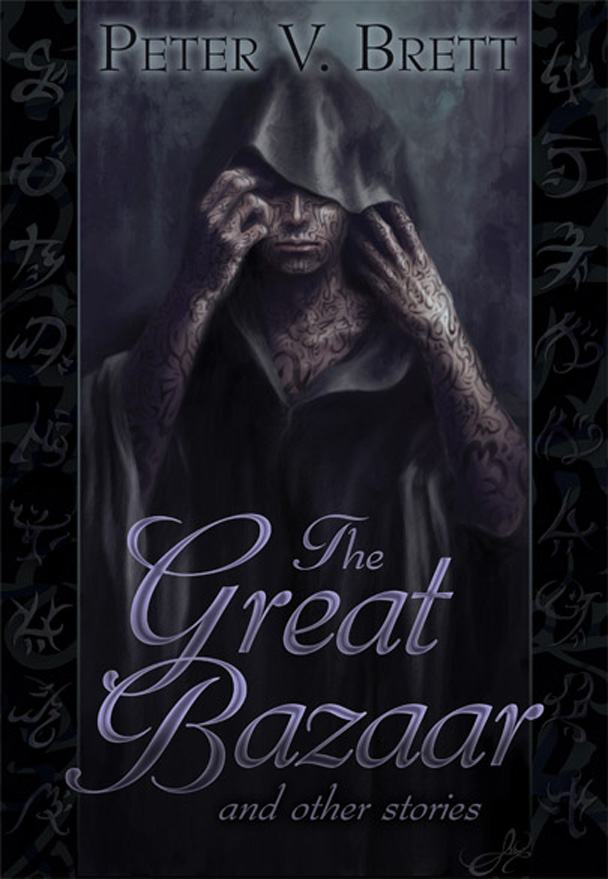 I heard from the folks at Subterranean Press that The Great Bazaar and Other Stories is finally shipping! For those of you who were going by the January 31 pub date on Amazon and got e-mails saying there was a delay and whatnot… sorry about that. Amazon dates have never been reliable, because publishers are required to predict the exact release date months (or years) in advance. There was also some sort of shipping delay, but I’m not entirely clear on what it was.
I heard from the folks at Subterranean Press that The Great Bazaar and Other Stories is finally shipping! For those of you who were going by the January 31 pub date on Amazon and got e-mails saying there was a delay and whatnot… sorry about that. Amazon dates have never been reliable, because publishers are required to predict the exact release date months (or years) in advance. There was also some sort of shipping delay, but I’m not entirely clear on what it was.
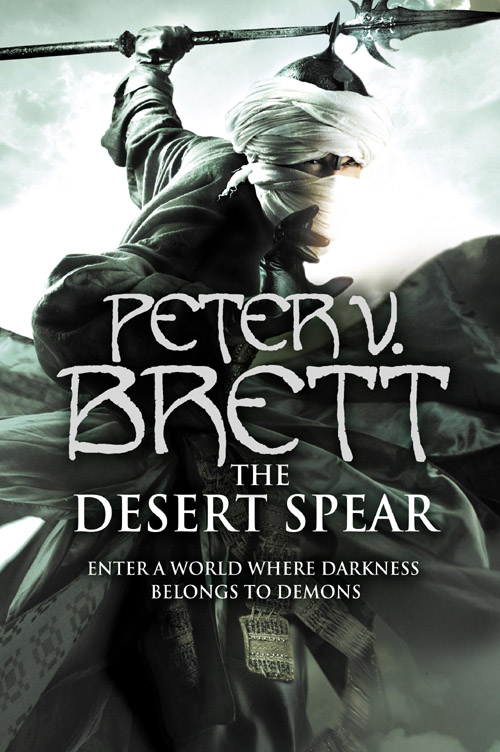 Aidan Moher asked me for an excerpt from
Aidan Moher asked me for an excerpt from 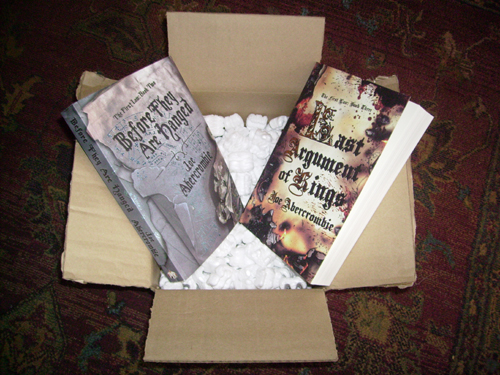
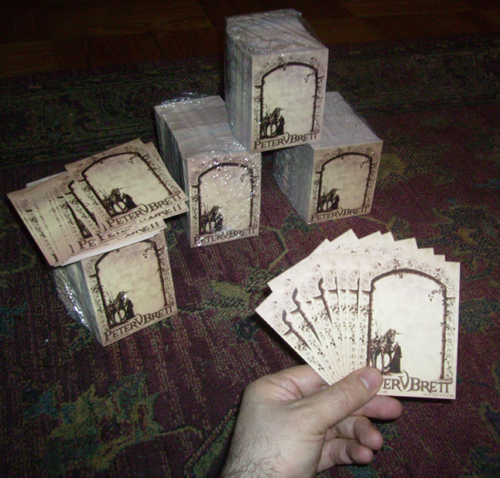
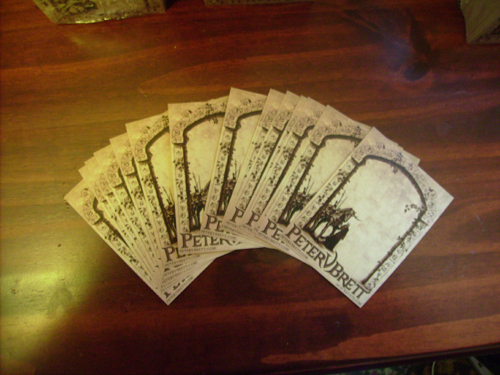
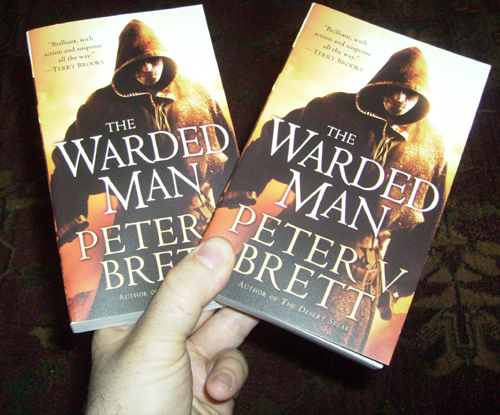
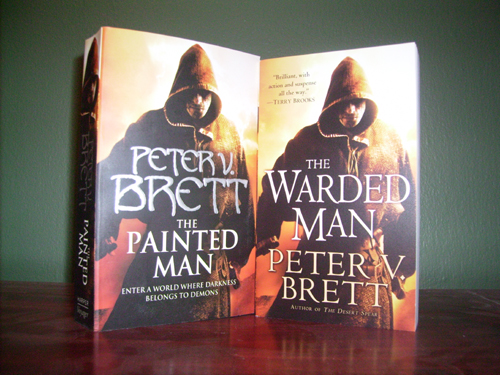
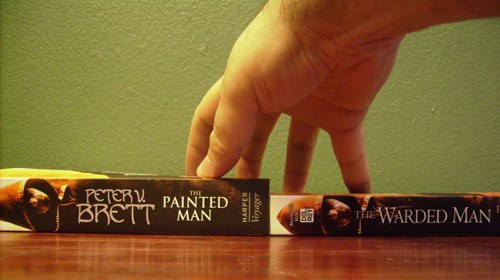
 Bias disclosure:
Bias disclosure: